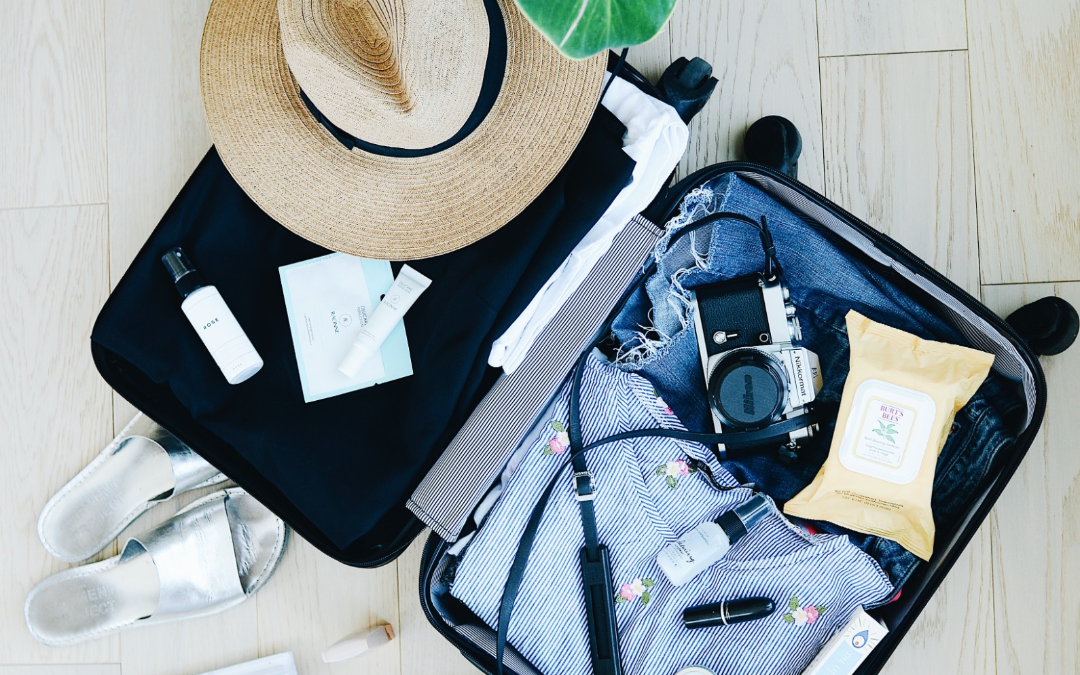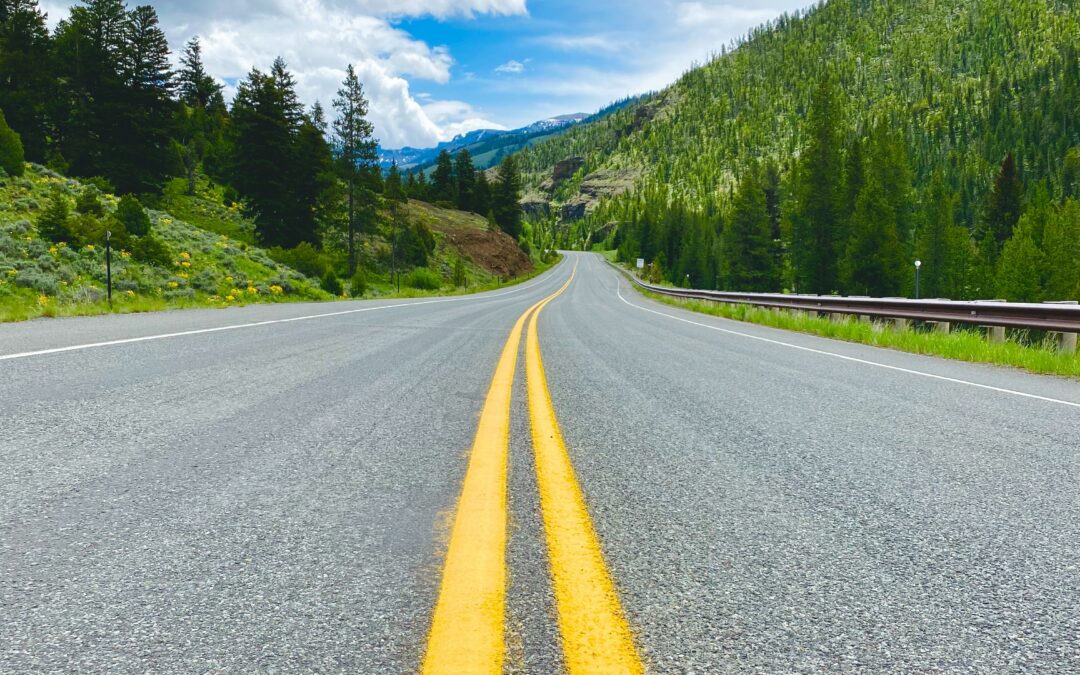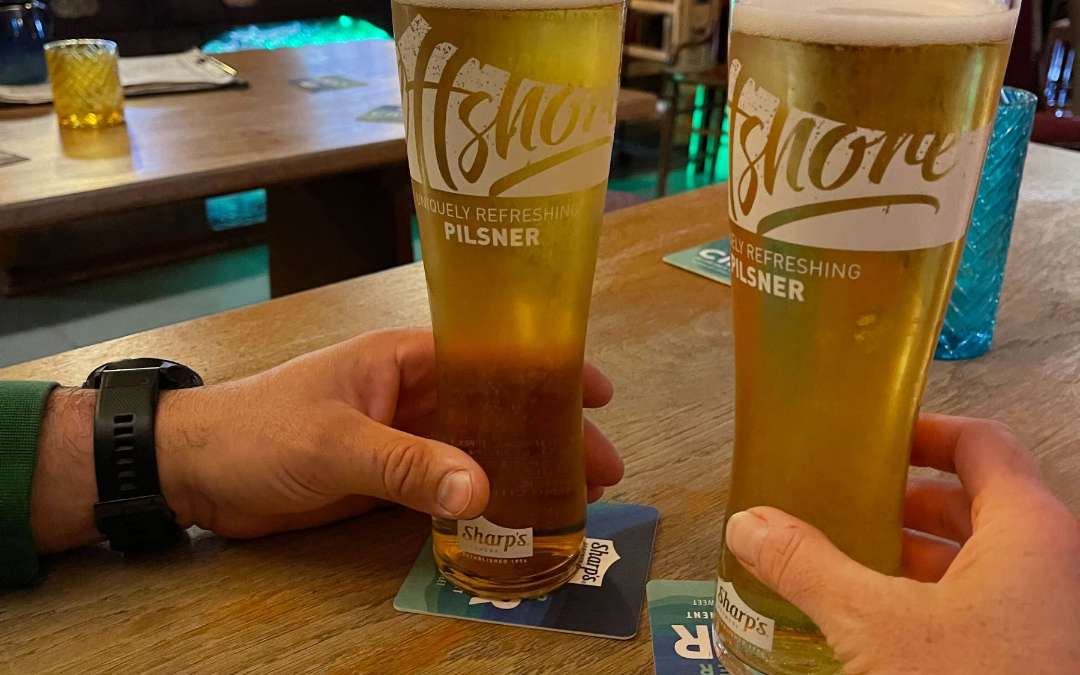
by KAUTE | Jun 7, 2023 |
Summertime is a great time to explore! And, what better place to cool off and spend our days than at the beach? The promise of sunny hours, toes in the sand, and water sports fill our hearts with anticipation and excitement. As we embrace the allure of these beach getaways, however, it’s crucial to remember the environmental impact we can have on these special spots.
Here are 5 easy actions that can help protect and preserve our beloved beaches:
1. Embrace mindful cleanups: Take responsibility by leaving the beach cleaner than you found it. Dispose of your trash and pick up any litter you come across, even if it’s not your own.
2. Embrace eco-friendly beach products: Choose biodegradable sunscreen to protect your skin without harming marine life. Pack reusable water bottles, food containers, and utensils to minimize single-use plastic waste.
3. Respect wildlife and their habitats: Keep a safe distance from nesting areas and refrain from disturbing wildlife. Never feed wild animals, as it disrupts their natural behavior and is detrimental to their health.
4. Preserve fragile ecosystems: Stick to marked paths and boardwalks to prevent damaging delicate coastal vegetation or disturbing dunes that provide essential protection against erosion.
5. Spread awareness and educate: Encourage others to follow sustainable practices and share your experiences on social media or through local community initiatives.
By adopting these sustainable actions, we can actively contribute to the protection and preservation of our beautiful beaches. We have the power to safeguard these precious ecosystems for future generations to cherish and enjoy.
Let us know in the comments below if you have any other sustainable tips to protect the beach. We value your insights and, together, we can make a lasting difference!
xo, K

by KAUTE | May 24, 2023 |
What is it about the promise of summer that fills our minds with an irresistible urge to explore? For me, it’s the promise of sunny days and time with family and friends. As the school year comes to an end, our thoughts turn to traveling. With all of this excitement, it’s important to consider the impact our adventures can have on the planet, especially when it comes to air travel.
Here are 5 tips that will take you places when you opt to fly:
1. Plan mindfully: Consider longer stays or combining destinations to reduce the number of flights taken, instead of booking multiple short trips.
2. Fly direct: Going direct can reduce the overall emissions produced during your travel. Non-stop flights eliminate multiple take-off and landing processes, which consume more energy.
3. Pack lighter: Remember that every pound counts. Packing lighter reduces the weight of the aircraft, resulting in lower fuel consumption and emissions. Think minimal and focus on essentials.
4. Offset your carbon emissions: Support carbon offset programs. While these programs are not a silver bullet, they do invest in projects that reduce greenhouse gas emissions, such as reforestation initiatives or renewable energy projects.
5. Choose eco-conscious airlines: Opt for airlines that are actively investing in more fuel-efficient aircraft, implementing recycling programs, or exploring alternative energy sources. Alaskan, American, Delta, JetBlue, and United are all examples of U.S. based airlines that are heading in a greener direction.
By adopting these travel tips, we can lessen our impact and influence others to do the same. Safe and sustainable travels, fellow wanderers!
xo, Kathleen
Were any of these tips helpful to you? Let us know in the comments below or comment on our social media post about the same topic. We’d love to hear from you!

by KAUTE | Apr 12, 2023 |
What is it about spring? That makes you want to sing? For me, it’s so many things!
(Yes, that was my attempt at a springtime rhyme. Oops, there’s another!)
Anyway, one thing is for sure: Springtime in the mountains means it’s time to travel! I love the Tetons and truly live for powder days. But, come late March or early April, I’m itching to get out of town. Cabin fever is for real! Road trips are suddenly on the radar.
“Calgon, take me away!”
No doubt, a road trip is a great way to explore new places. It’s a fun way to get to know our land and people-scapes even better. And, believe it or not, it’s an opportunity to travel by the principle of “less is more.” So, how can we begin to do that?
Here are 6 steps for taking a more sustainable road trip:
- Map out your route in advance: Avoid driving unnecessary distances and reduce your carbon footprint.
- Take an ‘efficient’ vehicle and pack light: Choose a car with good gas mileage, or consider renting one for your trip. Also, the lighter the vehicle, the less fuel you use.
- Bring reusables and edibles: Take your own bottles, containers and utensils to reduce waste from disposable items. And, pack a cooler full of your favorite snacks.
- Eat local and organic food: When dining out, choose restaurants that serve locally sourced and organic food. This helps support the local economy.
- Choose eco-friendly accommodations: Look for eco-friendly hotels or campsites that are committed to sustainable practices.
- Use bikes or public transport: If you’re stopping in a city, consider renting bikes or using public transportation to get around instead of driving.
By taking these steps, you can be on your way to minimizing your environmental impact and to nurturing Mother Earth! Tell us in the comments below how you already travel sustainably or what steps you are going to take from our list above. Happy travels!
xo, K

by KAUTE | Jan 18, 2023 |
It all began, like things often do, with a late night conversation. It was after 9:00 p.m., which is our self-imposed “cutoff time” for making any kind of major decision, and my husband and I were throwing around travel ideas. When, suddenly, we landed upon the idea of going to the UK for the first two weeks of November.
Wait! The UK in November?! Isn’t it usually cold or rainy or both? Maybe we’d just suit up and take brisk walks along the coasts? Return to our cozy rentals, sit in front of the fire and drink whisky? That could definitely work. But, we wanted to make it even more of an adventure. So, we bought tickets for professional, international rugby matches in Cardiff, Wales and in Edinburgh, Scotland, and we built a trip around those dates and destinations.
It ended up being just what we were after! We surfed, fly-fished, toured castles, watched rugby and sampled all of the local delights. Along the way, we made a number of conscious decisions to travel responsibly. Here are some of these highlights and how-tos:
1. CONNECT with local knowledge. On our way west from Cardiff, we spontaneously stopped off in Porthcawl to view the surf. We ended up at Coney Surf there, where we drank coffee, talked shop and eventually rented suits and boards. We had a great time, soaking up the atmosphere and a lot of water from the Bristol Channel 🙂
2. CHOOSE your activity based on where you are staying. We stayed in an Airbnb in Pembrokeshire, Wales, and surfed along the coast in nearby Manobier with the Outer Reef Surf School, rather than drive another hour plus to a more well-known surf spot. As it turned out, Manobier had great surfing, a glorious castle and delicious pub food!
3. KEEP things regional. We were keen to visit St. Andrews and its famed golf courses, to see the coast of Fife and to experience a distillery. So, we stayed in the fishing town of Anstruther and drove the coast north. Along the way, we stopped off at the Kingsbarns Distillery, which sources its water from an aquifer 100m below its location and barley from fields nearby. Everything was within a 30 minute drive from our place!
4. SEE a city entirely on foot. We chose to stay at the lovely Dunstane Houses as they were a 10 minute walk from the Murrayfield Rugby Stadium in Edinburgh. We toured other parts of Edinburgh by walking, as well. It provided a brisk form of exercise and a unique way to truly see the city.
How have you responsibly traveled? Share your experiences in the comments below!




